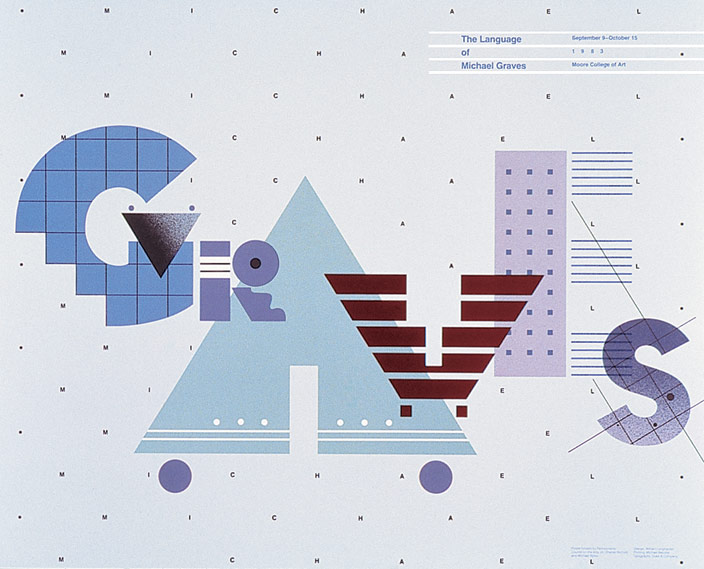McLuhan argues that society and people are more shaped by the form of media than the content of the communication that it delivers. McLuhan also describes technology and media as “extension of man”. Media is a very powerful source of communication, information, etc. but it’s also very complicated. According to McLuhan any form of media is an extension of human capability, it affects not only our way of thinking but also the way we interact and communicate. Media can easily alter our perspective of the world by altering the true message that it was supposed to project or deliver. It extends our capabilities because we gain certain knowledge by experiencing new things on the media but it’s not always a good or a true one.
Technological progress continues to produce new forms of media through which we communicate. What makes the form of technology media bad or good depends on how the users use it and view the messages in it. We often think that media such as the news are always giving us correct information but in general, this information often goes through several sociological and political aesthetics, these media produce information that they think is correct so often times this information is completely altered. This progress in technology media is also taking away our privacy as we continue to share information about ourselves through these mediums, it’s very risky and can cause severe problems in later life. We enjoy seeing memes about people and information that exposes them, but when it comes to us we realize how disgraceful and harsh it can be when our privacy is known by people who we don’t even know. This reminds me of the “South Park” episode “Lemmiwinks” where which shows how people can even commit suicide due to this information leakage on technology media. Through this, it changes our mentality and the ability to think and makes us act a certain way. It depends clearly on us to understand what actually is true and real using our instincts and our own thinking.
McLuhan believes that medium is the message and language is a form of a medium that communicates without any specific shapes. Similar to that as designers we create new communication methods through our designs which are independent and have no specific form or shape. Thus, our designs and arts themselves are forms of the medium that communicate in our language, it contains our feelings, our way of thinking, and expressions. As artists and designers, our goal is to use different mediums in a way that does not alter our works and which will show and present us as who we are in the real world.





Recent Comments